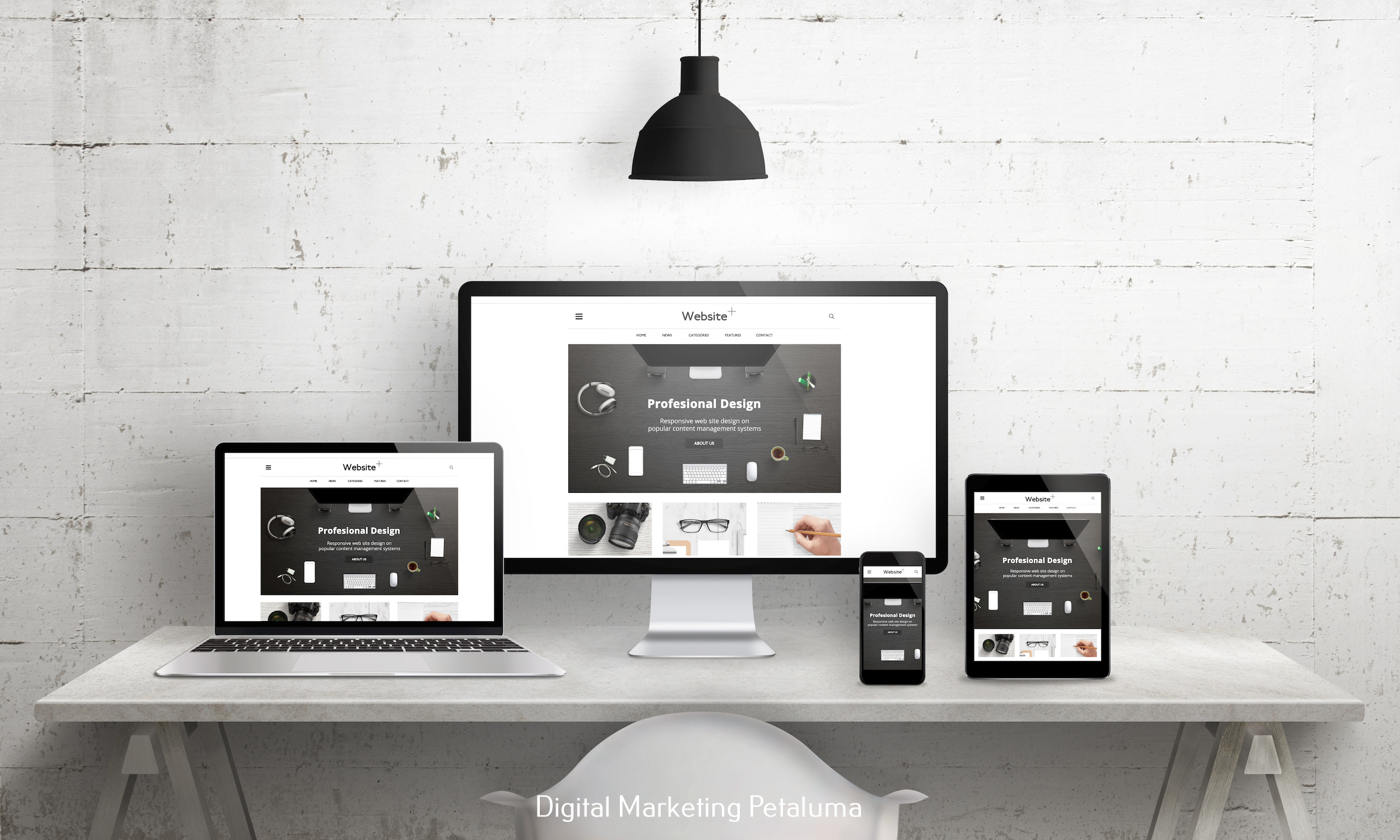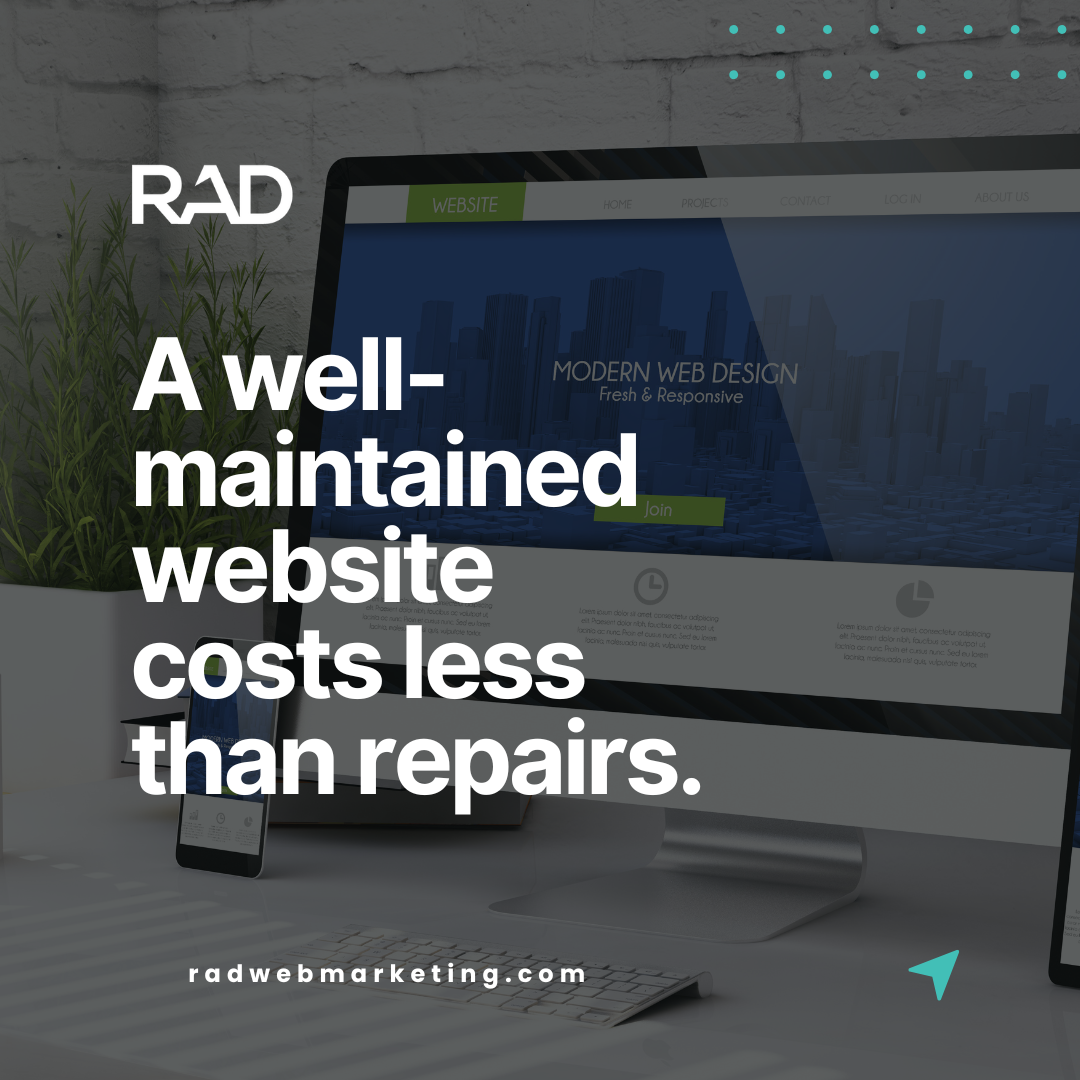If you're a digital marketer, then you know the importance of a streamlined and user-friendly website. In today's competitive online landscape, having a well-designed website can make or break your business. But how do you achieve this? One essential step in creating a successful website is ensuring a smooth UX design process. In this article, we'll walk through the steps of going from wireframes to prototypes and how it can help streamline your UX design process.
Understanding Wireframes and Prototypes
Before we dive into the step-by-step guide, let's first define what wireframes and prototypes are. Wireframes are basic visual representations of your website's layout, structure, and content. They serve as the blueprint for your site's design and provide an outline for where elements will be placed.
On the other hand, prototypes are interactive versions of your wireframe that give a more realistic representation of how your site will function. They allow for user testing and feedback before moving on to the final design stage.
Now that we have a clear understanding of these two terms let's explore how wireframes and prototypes can help streamline your UX design process.
Step 1: Define Your Goals
Before creating any wireframe or prototype, it's important to define your goals for the design project. What do you want to achieve with this website? Who is your target audience? What actions do you want users to take on your site? These questions will help guide every decision you make throughout the design process.
For example, if you're designing an e-commerce site targeting young adults, then incorporating trendy visuals and user-friendly navigation would be crucial in achieving your goal of increasing sales among this demographic.
Step 2: Start with Low-Fidelity Wireframes
When starting with wireframes, it's best to begin with low-fidelity ones first. These are simple sketches or diagrams that outline the basic structure and layout of each page without getting into too much detail. This allows for quick iterations and changes to be made before investing too much time in the design.
Low-fidelity wireframes should include the main elements of each page such as the header, navigation menu, content sections, and footer. These can be created using pen and paper or with a wireframing tool like Balsamiq.
Step 3: Get Feedback and Make Changes
Once you have your low-fidelity wireframes, it's time to get feedback from your team or potential users. This step is crucial as it allows for any necessary changes to be made before moving on to more detailed wireframes or prototypes.
Some questions to consider when gathering feedback are:
– Is the layout intuitive?
– Is the content easy to understand?
– Are there any missing elements that should be included?
This process of getting feedback and making changes may need to be repeated a few times until everyone is satisfied with the wireframes.
Step 4: Create High-Fidelity Wireframes
High-fidelity wireframes are more detailed versions of your low-fidelity ones. They include specific design elements such as colors, fonts, images, and icons. These help give a better understanding of how your site will look visually.
Creating high-fidelity wireframes also allows for further testing and feedback before moving on to prototypes. It's important to note that these wireframes are still not interactive but serve as a more polished version of your design.
Step 5: Develop Interactive Prototypes
Once you have finalized your high-fidelity wireframes, it's time to develop interactive prototypes. These can range from basic clickable versions using tools like InVision or more advanced prototypes using HTML/CSS code.
Prototyping allows for user testing and feedback on how users interact with your site. This step helps catch any usability issues or bugs early on in the design process, saving time and resources in the long run.
Step 6: Test, Test, Test
The testing phase is crucial in the UX design process. Once you have your prototypes, it's essential to conduct user testing to gather feedback and make any necessary changes. This can include analyzing user behavior, conducting surveys or focus groups, and A/B testing.
User testing allows for a better understanding of how users interact with your site and helps identify any pain points or areas for improvement.
Step 7: Implement Final Design
After all the feedback has been gathered and changes have been made, it's time to implement the final design. With a streamlined UX design process in place, this step should be relatively straightforward as most of the heavy lifting has already been done.
However, it's important to continuously test and gather feedback even after the final design has been implemented to ensure that your website is always optimized for a positive user experience.
In conclusion, going from wireframes to prototypes can greatly streamline your UX design process. By having a clear understanding of your goals, starting with low-fidelity wireframes, gathering feedback and making changes along the way, creating high-fidelity wireframes and interactive prototypes, testing continuously throughout the process and implementing a final design – you can ensure a smooth and efficient UX design process that results in a well-designed website that meets both your business goals and user needs.












































0 Comments